The working characteristics of the crane are intermittent movement, that is, the corresponding mechanisms for reclaiming, transporting and unloading in a working cycle work alternately. Each mechanism is often in the working state of starting, braking and running in the positive and negative directions.
(1) Classification of hoisting machinery
1. According to the lifting nature, it can be divided into: simple lifting machines and tools: such as Jack (rack, screw, hydraulic), pulley block, hoist (manual, electric), winch (manual, electric, hydraulic), hanging monorail, etc; Cranes: mobile cranes, tower cranes and mast cranes are commonly used in electric mechanical engineering.
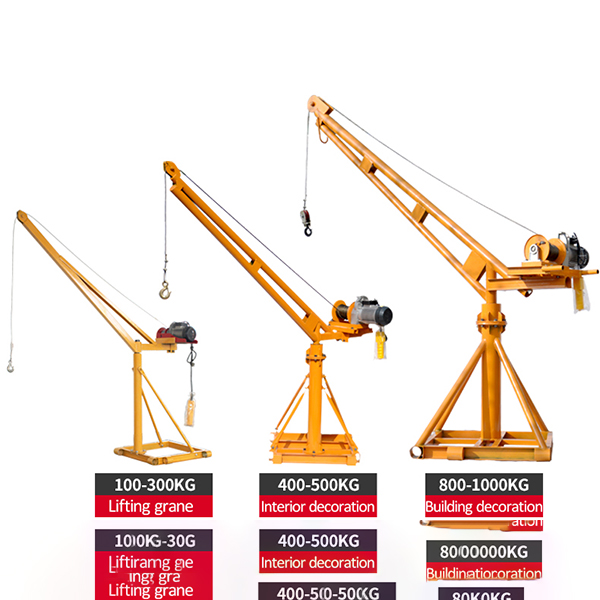
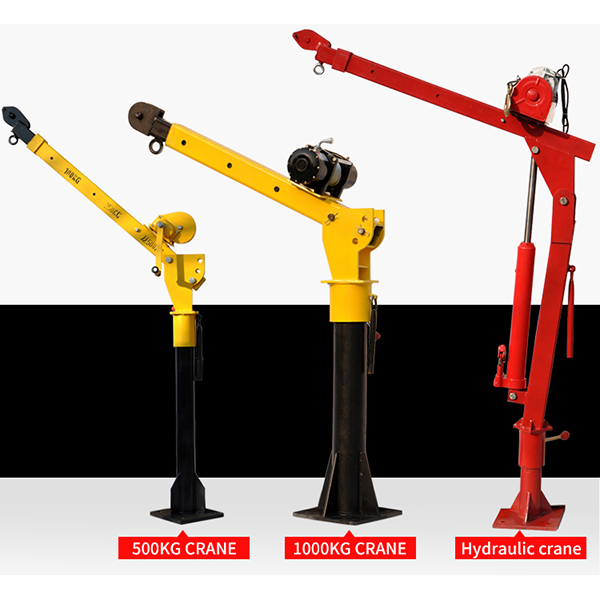

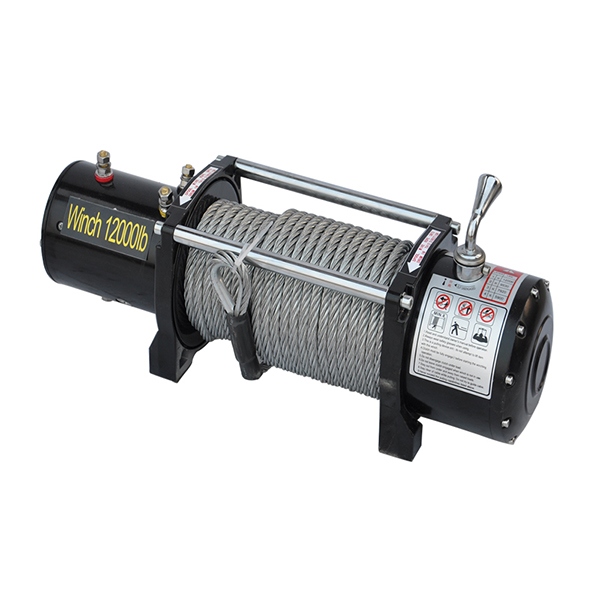
2.According to the structural form, it can be divided into: bridge type (bridge crane, gantry crane); Cable type; Boom type (self-propelled, tower, portal, railway, floating ship, mast crane).
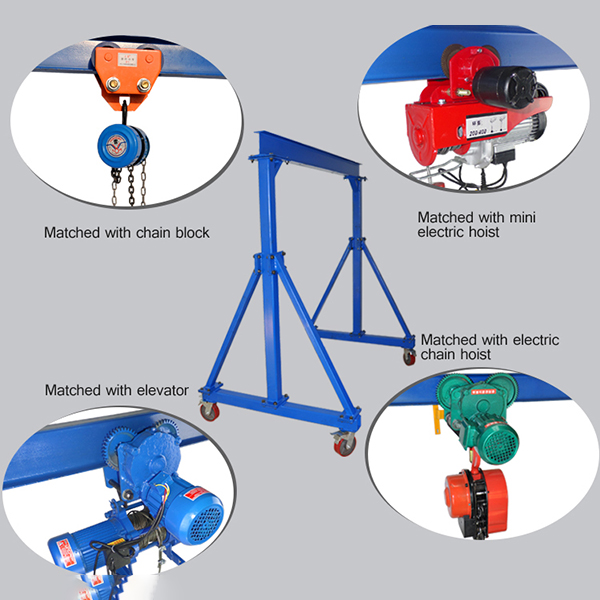
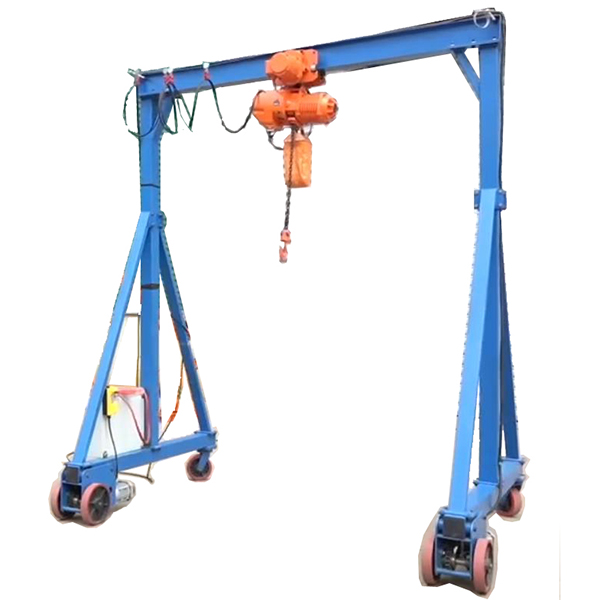
(2) Application scope of hoisting machinery
1. Mobile crane: applicable to the hoisting of large and medium-sized equipment and components with large single weight, with short operation cycle.
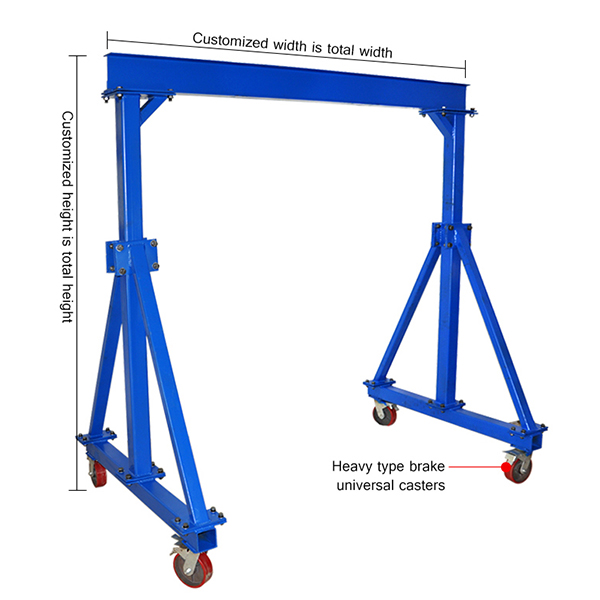
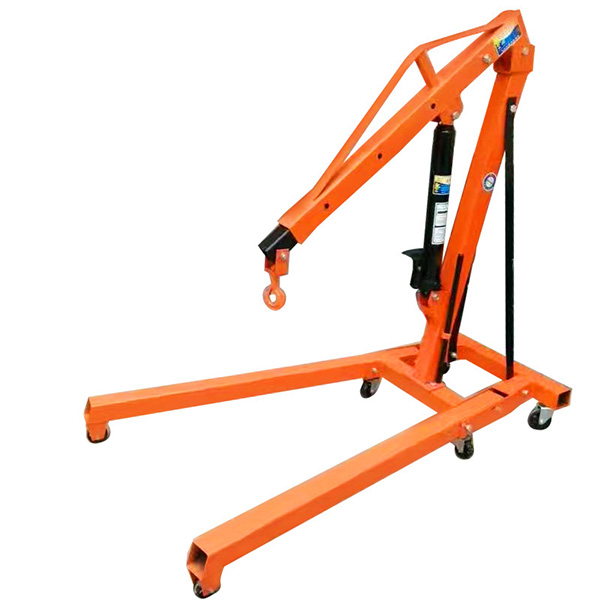
2. Tower crane; It is applicable to the hoisting of components, equipment (facilities) with large quantity within the scope and small weight of each single piece, with long operation cycle.
3. Mast crane: it is mainly applicable to the hoisting of some extra heavy, extra high and sites with special restrictions.
(3) Basic parameters of crane selection
It mainly includes load, rated lifting capacity, maximum amplitude, maximum lifting height, etc. these parameters are an important basis for formulating hoisting technical scheme.
1. Load
(1) Dynamic load. In the process of lifting heavy objects, the crane will produce inertial load. Traditionally, this inertial load is called dynamic load.
(2) Unbalanced load. When multiple branches (multiple cranes, multiple sets of pulley blocks, multiple slings, etc.) lift a heavy object together, due to the factors of asynchronous operation, each branch often can not fully bear the load according to the set proportion. In lifting engineering, the influence is included in the unbalanced load coefficient.
(3) Calculate the load. In the design of hoisting engineering, in order to take into account the influence of dynamic load and unbalanced load, the calculated load is often used as the basis for hoisting calculation and cable and spreader setting.
2. Rated lifting capacity
After determining the turning radius and lifting height, the crane can safely lift the weight. The rated lifting capacity shall be greater than the calculated load.
3. Maximum amplitude
The maximum hoisting slewing radius of the crane, i.e. the hoisting slewing radius under the rated hoisting capacity.
Post time: Oct-30-2021




